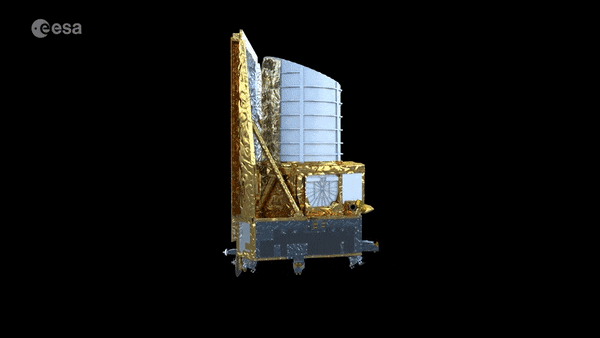
Checking clues from telemetry
“This was something we had never experienced before,” adds Paolo. “The NISP instrument had performed wonderfully through hundreds of hours of flawless operation, transferring hundreds of terabytes with no problem. The stopping did seem to depend on the cryogenic temperature experienced inside the chamber – it disappeared in ambient conditions – but our hands were tied when it came to investigating: NISP and the rest of the payload module stayed inside the thermal vacuum chamber, as the nominal test campaign continued in the meantime. It was almost like the mission was already in space; for the time being we were limited to the information we could obtain from telemetry.”
Consortium members, industry partners and the ESA mission team were collectively baffled. Suspicion centred on the cables that transferred data from NISP’s focal plane sensors to its computer. Perhaps there was signal noise, electromagnetic interference from elsewhere, or cabling being improperly grounded?
The range of possibilities was so wide however, that the Euclid team were considering a second, dedicated thermal vacuum campaign to get to the root of the problem – which would add weeks or months to their schedule and put their planned launch date beyond reach.



